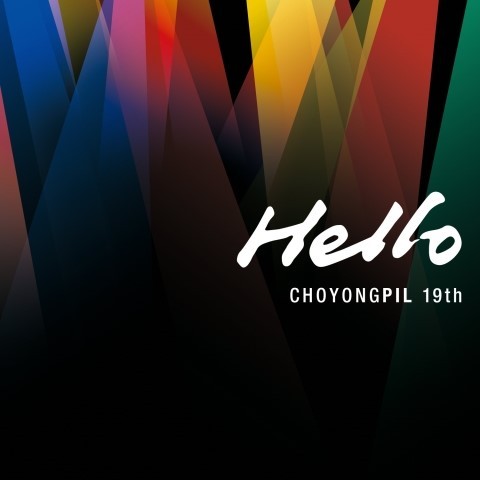 |
Lee Hyo-ri's 5th solo album "Monochrome" (B2M Entertainment) |
Lee Hyo-ri has finally marked her return to the music scene after a three-year hiatus. The K-pop diva’s fifth album “Monochrome” not only highlights Lee’s quest to become a singer-songwriter but also her new retro sound with the help of foreign composers.
Including the lead single “Bad Girls,” 12 out of 16 tracks were by songwriters from abroad. Critics are seeing her album more fitting for Lee than any of her previous releases, escaping her hip-hop sounds one tracks like “Chitty Chitty Bang Bang.”
Such “East-West collaboration” in music and even choreography is not new here. While such attempts were once used by talent agencies to promote how much they had invested in their singers’ new albums, more singers are now joining up with them to try new sounds or to avoid plagiarizing other K-pop music.
According to the Korea Music Copyright Association, the total amount of overseas copyright royalties paid soared from 2.7 billion ($2.3 million) in 2010 to 12.4 billion won in 2012.
Major entertainment agencies are leading the trend, as they actively work with composers from Northern European countries such as Sweden and Norway to create fresh sounds.
 |
Cho Yong-pil's 19th album "Hello" (YPC Production) |
Even K-pop legend Cho Yong-pil worked with various foreign composers including Neil Athale and Niclas Lundin for his latest megahit record “Hello,” the singer’s 19th album.
Cho mentioned in an interview with The Korea Herald that he “reviewed a large number of foreign composers who gave their songs to big record labels, in order to reflect the latest music trend” for his album.
“In the past, we invited foreign composers to get a new style of songs. But now, K-pop’s influence has gotten big enough that foreigners bring their songs to us for review,” an official from S.M. Entertainment said.
According to Xperimental CEO William Pyon, the amount of business deals involving overseas composers and producers collaborating with K-pop musicians has grown remarkably over the years. Pyon said it accounted for almost 50 percent whereas it took up only 5-10 percent in the past.
By Suk Gee-hyun
(
monicasuk@heraldcorp.com)









![[Today’s K-pop] Blackpink’s Jennie, Lisa invited to Coachella as solo acts](http://res.heraldm.com/phpwas/restmb_idxmake.php?idx=644&simg=/content/image/2024/11/21/20241121050099_0.jpg)